Do you experience pain or numbness in your hand?
If so, you may be one of the millions of people suffering from carpal tunnel syndrome. We are now enrolling patients in a clinical registry evaluating the effectiveness of a well-studied carpal tunnel release technique: Carpal Tunnel Release with Ultrasound Guidance.
Dr. Perry’s free screening events are now full. To schedule a regular appointment with Dr. Perry, please contact his office at: 812-477-1558.
Carpal Tunnel Release Clinical Registry FAQs:
-
A clinical registry is a database that collects information about your health and the care you receive as a patient. The data in the clinical registry comes from information you provide about your care before and after your procedure and is added to information on other patients who are similar to you. It is then used to help improve the quality of your care as well as the care of other patients, now and in the future. In this clinical registry, the research is evaluating the long-term effectiveness of CTR-US.
-
-This clinical registry is led by a physician (principal investigator) and includes physicians from a number of clinical sites across the United States.
-This clinical trial is sponsored by Sonex Health, Inc. under an IRB-approved study number 1360397 and ClinicalTrials.gov Identifier: NCT06071468.
-
-If surgery is indicated, your physician will discuss whether you are eligible for this registry.
-A series of tests and questionnaires will be given to you to verify if you meet the criteria to be a part of the registry.
-This is called screening and will be done before you qualify to receive treatment as a part of the registry.
-If you qualify to be in the registry, you will be scheduled for CTR-US.
-
If you decide to join and qualify for this registry, you will be expected to complete online follow-up questionnaires through a secure website at 1-7 days, 2 weeks, and 1, 3, 6, 12, and 24 months after the procedure.
-
-Carpal tunnel release surgical procedures have been performed for almost 100 years. Over time, procedures and technology have improved to help reduce the invasiveness of these traditional surgical procedures.
-Today, several techniques are utilized including traditional open, mini-open, endoscopic, and ultrasound-guided.
-Incision sizes and locations may vary, but the goal of each technique is to relieve pressure on the nerve by dividing the transverse carpal ligament.
-CTR-US uses a minimally invasive technique where a small incision is made in the wrist and the physician sees the carpal tunnel anatomy through ultrasound.
-CTR-US is typically performed under local anesthesia.
-
No. First reported in 1997, CTR-US has been performed in thousands of procedures. There have been more than 25,000 procedures in the United States using UltraGuideCTR, the device in this study.
-
You may be eligible to participate if:
-You are ≥18 years of age
-You have a clinical diagnosis of carpal tunnel syndrome in one or both hands
-Your symptoms have not improved with other treatment options including bracing, splinting or injections
-Your physician considers you a surgical candidate
-You agree to complete periodic follow-up questionnaires over a 2-year period
-You have a valid smartphone number and/or email address to receive and answer follow-up questionnaires
-
No. Your participation is completely voluntary. If you enroll in the clinical registry, you can still leave the registry at any time without having to provide a reason.
-
You will be expected to complete online follow-up questionnaires through a secure website at 1-7 days, 2 weeks, and 1, 3, 6, 12 and 24 months after the procedure.
-
If you qualify for the clinical registry, you will be paid up to $600 to share your experiences at 7 follow-up time points after the procedure.


